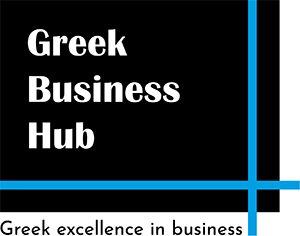A method to define your communication strategy

In today’s fast-paced and interconnected world, effective communication has become a critical skill for individuals and organizations alike. Whether you’re trying to convey your ideas, build strong relationships, or achieve your goals, having a well-defined communication strategy can make all the difference. However, developing a communication strategy that aligns with your objectives and resonates with your audience can be a daunting task.
Fortunately, there exists a method that can help you navigate the complexities of communication and create a strategy that sets you up for success. By employing this method, you can articulate your message clearly, engage with your target audience, and achieve your desired outcomes.
This article presents a comprehensive approach to defining your communication strategy, providing you with practical steps and valuable insights to enhance your communication effectiveness. Whether you’re an individual seeking to improve your personal interactions or a business aiming to establish a strong brand presence, this method offers a structured framework to shape your communication efforts.
By following this method, you will learn how to identify your communication goals, understand your audience, craft compelling messages, select appropriate channels, and evaluate the impact of your communication initiatives. Furthermore, it will help you tailor your strategy to various contexts, whether you’re communicating in-person, through written mediums, or leveraging the power of digital platforms.
Developing a robust communication strategy not only enhances your ability to express your thoughts and ideas effectively, but it also enables you to connect with others authentically and build meaningful relationships. With this method as your guide, you’ll gain the tools and knowledge to communicate with clarity, purpose, and impact.
So, let’s embark on a journey to master the art of communication by delving into this method that will empower you to define your communication strategy and unlock your full communicative potential.
The identity and positioning of our business
Our identity is the why, our reason for existence.
- What is our added value, our positioning compared to our competitors?
- What are the values that our company holds dear?
- What is our story?
Who is our target audience.
Our ideal client and our secondary ones.
Beyond the demographic characteristics of our ideal customer (buyer persona or persona marketing in Inbound Marketing), we need to understand what drives him, the problems he thinks about at night before falling asleep, the emotions he goes through and how he expresses himself.
Our goals
The different types of communication objectives:
- Develop our notoriety. Be visible, make known its brand and its product.
- Work on your brand image. Even if not, everyone will be a customer at your place, you still want people to like us, and our brand to be associated with positives. In the long term, a good brand image can positively influence the act of purchase.
- Make our ideal customer act/react.
- Build customer loyalty. By retaining our best customers, we can expect a 25% to 55% increase in our turnover (source: Cabinet Bain & Company). In addition, a happy customer can become an ambassador for our brand, and thus act at his level on the previous objectives.
How do you set achievable goals?
The SMART method states that for a goal to be fair, it must be:
- specific
- measurable
- attainable
- realistic
- time-bound
Choose the message to communicate
It should be :
- short and clear,
- an adapted vocabulary,
- focused on profits (not characteristics),
- subtly mentioning the differentiating element.
Conduct communication actions
Choose the right communication channels to spread our message.
For a digital communication strategy:
- Social networks: publications (photos, product videos), sponsored publications, partnerships with influencers, comments interactions,
- Emailing: promotional emails, content sharing,
- Blog, content marketing: writing articles, publishing infographics.
For a conventional communication strategy:
- Events: participation in trade fairs, organization of conferences
- Media: commercials, radio advertising, articles in the press, etc.
Write a communication plan
The communication plan is a document that serves as an action plan. It makes it possible to communicate the strategy to the teams concerned, so that everyone moves in the right direction: it sets the course.
List the actions to put in place. Detail them, estimate the budget allocated to their realization and the recurrence of actions (for example, write one blog post per week).
Ideally, plan actions in a retro planning, which allows us to see briefly what is planned for the coming weeks or even months.





